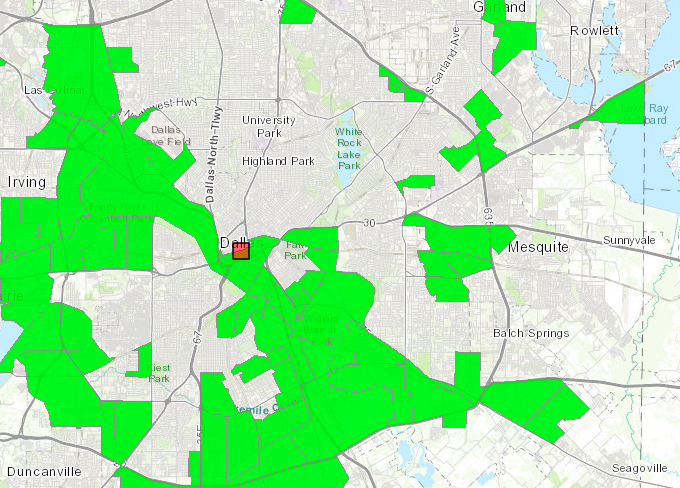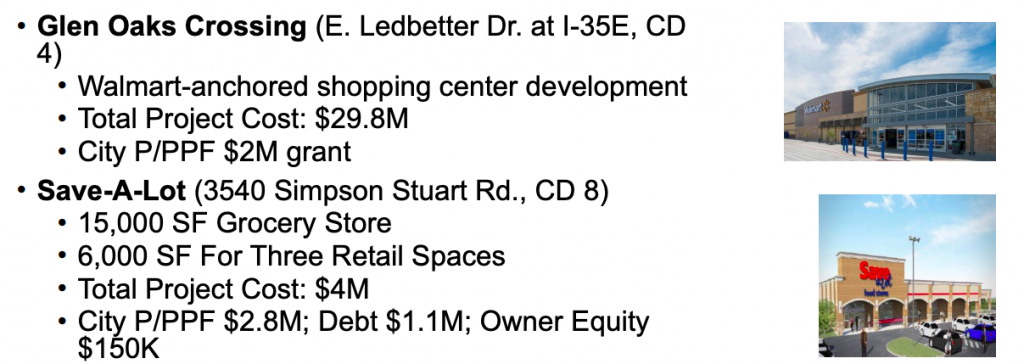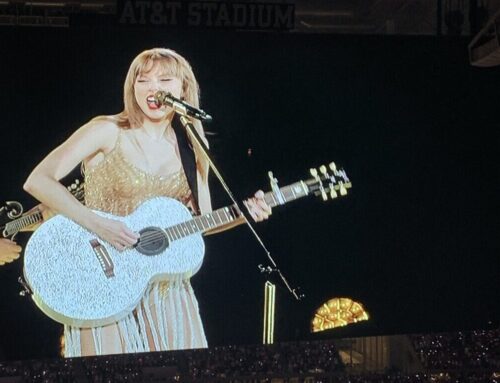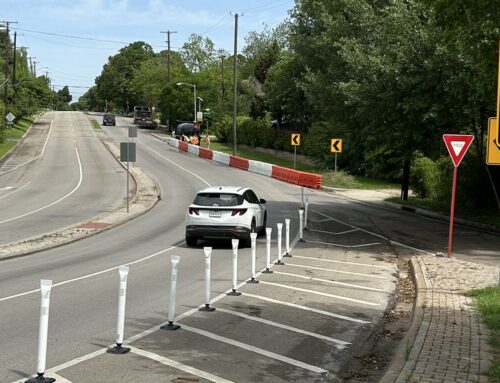The Dallas City Council will consider Dec. 11 whether to give Royal Blue Grocery $700,000 in subsidies to open a store, café and production kitchen on West Davis.
At least four other times, the city has given million-dollar plus subsidies to grocery-anchored developments in southern Dallas.
Northern Oak Cliff, the 75208 and 75224 zip codes, are not part of our city’s vast food desert, according to U.S. Department of Agriculture maps. But nearby areas, including parts of the 75203, 75216 and 75232 zip codes have many neighborhoods where poverty is high, and fresh foods are scarce.
In 2017, the City publicized a $3 million incentive to grocers who would build in the food desert, but none took them up on it.

A map of Dallas’ food desert, from the USDA. The green indicates areas where income is low and fresh food is difficult to access.
According to a March 2017 City Council briefing from the Economic Development Department, the city has given more than $8.4 million to four grocery-anchored developments.
Two are in Oak Cliff, closer in: The Fiesta-anchored shopping center on Illinois at Westmoreland, which received a $1.04-million economic development grant plus tax abatements, and one in Glen Oaks, the Walmart shopping center off Interstate 35 at Ledbetter, which received a $2 million grant.
A third is in the Highland Hills neighborhood of Oak Cliff, the Sav-A-Lot on Simpson Stuart Road, which received a $2.8-million grant and a $1.1-million loan from the city.
The fourth is El Rio Grande-anchored shopping center on Lake June Road at Masters Drive in Pleasant Grove, which received a $1.5-million grant.
If you think that the planned Royal Blue Grocery would be more like a restaurant than a grocery, consider that Rudy’s Chicken received about $1.4 million in economic development funds to rebuild its restaurant on Lancaster Avenue in 2013.







